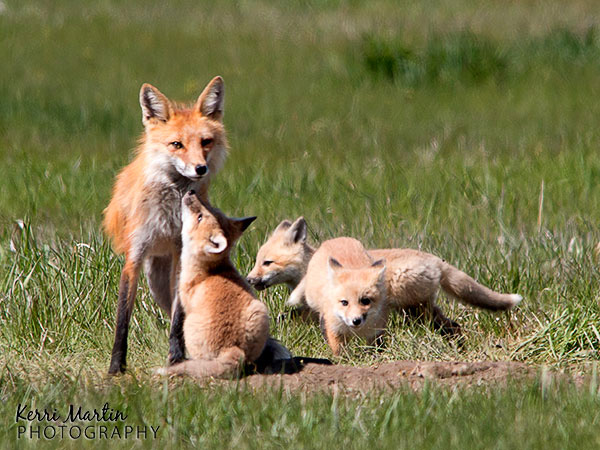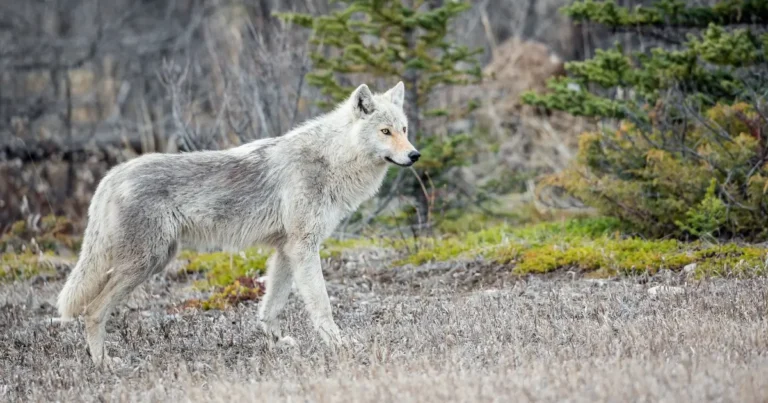
Aside from the technical aspects of photography – which is written and talked about by professionals every day in many forums – wildlife photographers must also consider a wide number of ethical and behavioural issues.
In consultation with one of our favourite photographers – Kerri Martin, who captured the incredible moment of the fox family you can see above – we put together this short list of things to remember when you’re trying to get that perfect wildlife photo.
- Don’t lose your mind. We don’t mean that literally, of course, but something Kerri has talked to us about is keeping focused and aware while photographing animals. You may be witnessing a majestic scene, watching a mother clean her pups, or seeing a grizzly bear (or chipmunk) for the first time through your lens. It’s important to remember what you’re doing, what’s around you, and keep a respectful and safe distance from your subject.
- Never, ever, ever, feed animals. Sadly, some photographers in their desire for just the right photo, will bait animals – the same way some hunters or trappers do. They’ll use food to draw an animal into a specific position or area for their own benefit. We regularly write and talk about feeding wildlife and its consequences – from the health of the animal, to the increased probability of conflict with you or other people. It’s no good and a photo simply isn’t worth the risk.
- Don’t take a selfie. Seriously – just don’t. Enjoy nature, take photos of animals in their natural places. But trying to get close enough for a photo that will have you and a wild animal in the same frame is a bad idea. Not only does it set a bad precedent for others, it also creates a hugely dangerous situation that, if it ends poorly, will likely result in lethal action against the innocent animal.
- Understand behaviour. Did you know that a skunk will stamp to show their stress? Or that a black bear will clack their jaws? Most felines stand sideways to appear larger when threatened, and many prey species have multi-directional ears that will point in the direction of potential threats. Understanding the behaviour of your subjects, and constantly striving to learn more, will help keep everyone safe (and limit any potential stress they may experience).
We want to thank Kerri for sharing her wonderful photo and some of her tips, and hope that all of you will share your beautiful experiences, too. It’s a great way for the world to see that wild animals are just like us – they want a safe place to raise their families.
Photo by KerriMartinPhotography.com
monthly donor(for as little as $5/month – the cost of a single latte) pleaseclick hereand help us save lives today.

